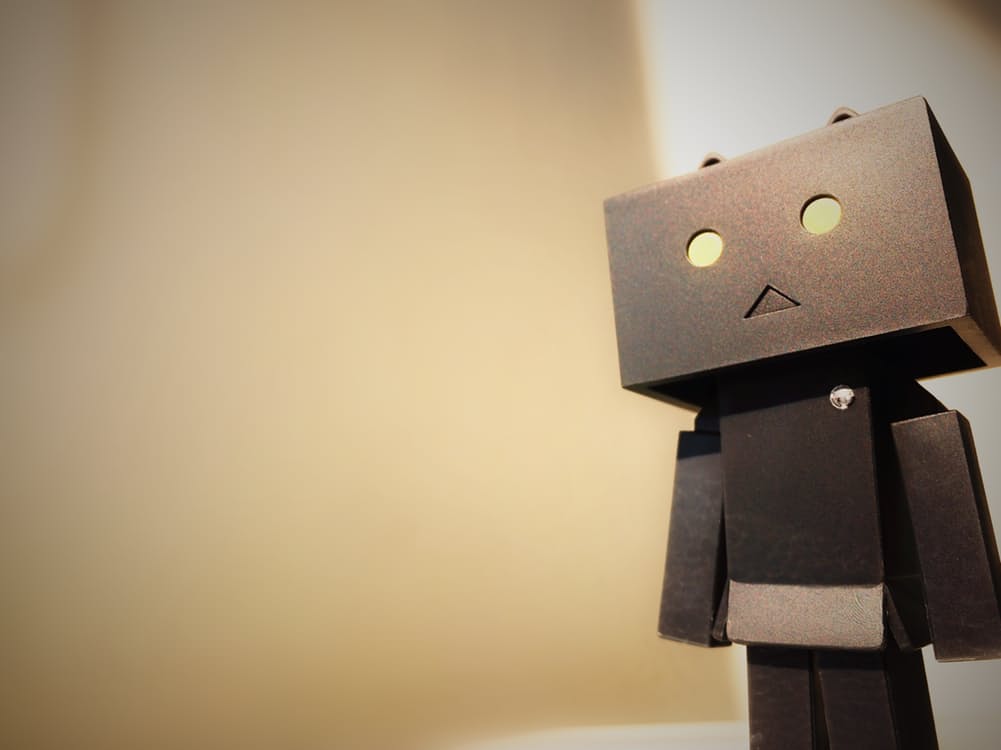As futurists continue designing for the Internet of Things, it is possible that the devices around us may start monitoring and responding to our moods, as well as our actions. In fact, this has already begun. As the Internet of Things becomes emotional, business people should ask – what will the role of IoT applications be in the emotion life of the consumer?
Exploring the Human Side of Designing for the Internet of Things
Many people who are becoming aware of the Internet of Things consider it a network of cold equipment, sensors, and other cold machinery.
“There are estimates that there will be 50 billion connected devices by 2020,” according to the Guardian. “Current examples of these smart devices include Nest thermostats, Wi-Fi-enabled washing machines, and the increasingly connected cars with their built-in sensors that can avoid accidents and even park for you.”
There are devices that pass information to one another without human intervention, such as input from a sensor that modulates the output of an industrial process at a remote installation. But researchers and developers are also expending a great deal of effort to create IoT projects that show us how the IoT is gradually becoming increasingly human.
Emotional Applications: Designing for the Internet of Things in the Future
This may sound like something out of science fiction. We are becoming comfortable with connected apps around us offering us greater convenience, but the idea that they react to our emotions seems very far-fetched.
But take this sweater, which changes colors based on the wearer’s mood. Or consider the home device Emospark, which detects the user’s mood and displays content accordingly. Understanding emotion is rapidly becoming the next great challenge for the machines around us.
You may already talk to a digital assistant every day, such as Siri on an iPhone, where the human voice it uses can seem more empathetic to your requests, especially when they concern such intimacies as finding restaurants for you or coordinating your schedule. Devices can also sense our physical changes and use that input to change their appearance to others around us, such as the MoodMetric ring.
What do emotional IoT apps mean for business?
“Wearables that can detect physical traces such as heart rate, blood pressure, and skin temperature give clues about mood, according to Smashing Magazine. “Screens that detect facial expressions are starting to be mapped to feelings.” The report went on to note that “Text analysis is becoming more sensitive to nuance and tone. Now voice analysis is detecting emotion too. Affective computing, where our devices take inputs from multiple sources like sensors, audio and pattern recognition to detect emotion, is starting to become a real part of our experience with technology.”
Equipment that people will bond with emotionally will definitely require advanced speech recognition capability. According to CIO, “Building intuitive human interaction capabilities within next generation-connected products is becoming essential and expected,” says Yasser Kahn, CEO and founder of Connect2.Me, an IoT platform that represents (among other technologies) a long list of voice control and monitoring companies.
Voice interaction enables people to learn how to use the device more quickly, which can foster faster bonding with the IoT device.
As we witness the evolution of the Internet of Things and see it become more complex, we can expect more of the human element and emotions to weave into this enormous connected network. The team at Software Design Solutions specializes in creating embedded software for Internet of Things technologies. For more information about our IoT app development process or to consult with us on an upcoming project, please contact us today.

